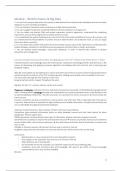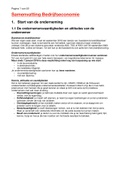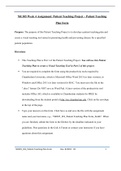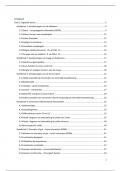College aantekeningen
College aantekeningen Biomedical Evidence (in practice) MED-Q7 en MED-Q8
Module Q7 and Q8 in the study of biomedical sciences focus on the integration of bioinformatics and big data in understanding biological systems. You will explore the applications of computational tools and algorithms to analyze large-scale biological datasets, with a particular emphasis on genomic...
[Meer zien]













